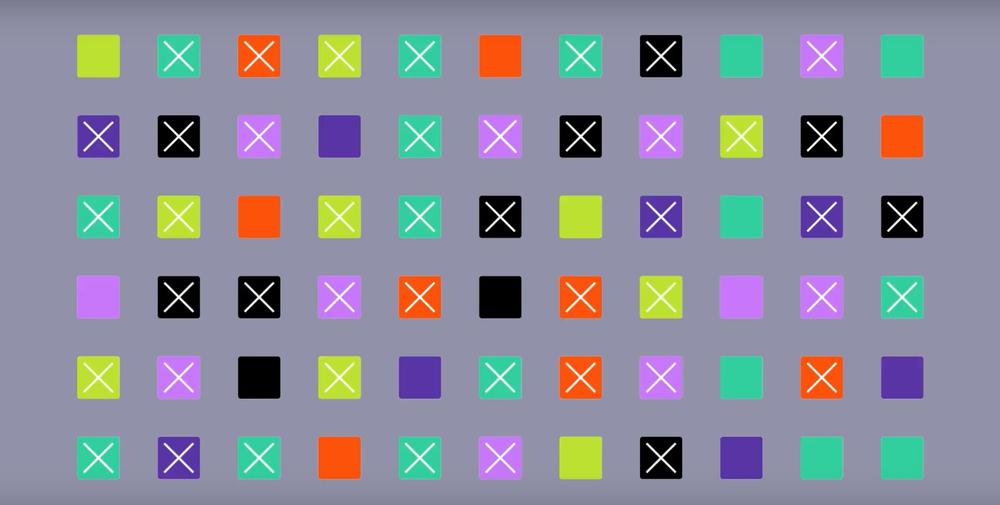Implementation
The survey was implemented using a mixed-mode design in wave 1. Fieldwork started in the last weeks of 2021 and ran until early summer 2022 in some countries. In 19 out of the 26 countries, data was collected via computer assisted web interviews (CAWI) with respondents recruited from pre-existing online-access panels. Internet coverage has increased in many countries over the past decades to the point where over 90% of the population has access to the Internet. In parallel, infrastructures for survey and market research in the form of large-scale online-access panels have emerged in many countries around the globe. These developments have led to online surveys being a new, reliable tool for fast and timely data collection that is relatively low priced but still produces high quality data. Getting representative samples using probability sampling (either via phone or personal interviews) suffers more and more from respondents’ unwillingness to participate. Nevertheless, in countries where the Internet coverage and infrastructure of online access panels were not sufficient, we opted for a traditional face-to-face data collection via computer assisted personal interviews (CAPI). Since more complex survey items (e.g., experiments) can hardly be administered in telephone interviews, we opted for the use of CAPI and CAWI interviews only. Data collection for the second wave solely relied on CAWI mode as all 10 countries have high quality online-access panels. Interviews were conducted from December 2022 to February 2023.
Permanent residents living in private households aged 18 or older – regardless of their nationality – were the target population in all countries. In CAWI countries, samples are quota-based according to age, gender, education, region of living, and degree of urbanity. The quotas are based on the population statistics of the “offline population” (resident population aged 18 and over). Respondents received a small incentive for participation assigned by the survey company. In CAPI countries, random probability samples were drawn. The samples are stratified by region of living and degree of urbanity. In Ghana, Senegal, South Africa, and Tunisia, all regions of the respective countries were covered by the sampling frame. In India, Nigeria, and Peru, some regions were excluded from the sampling frame for feasibility reasons, e.g., security issues. Within each stratum, sampling points were randomly selected. From each sampling point, households were selected via random walk procedure. Sampling points and households have been chosen proportional to population. Within selected households, interviewees were selected by the next birthday rule.

